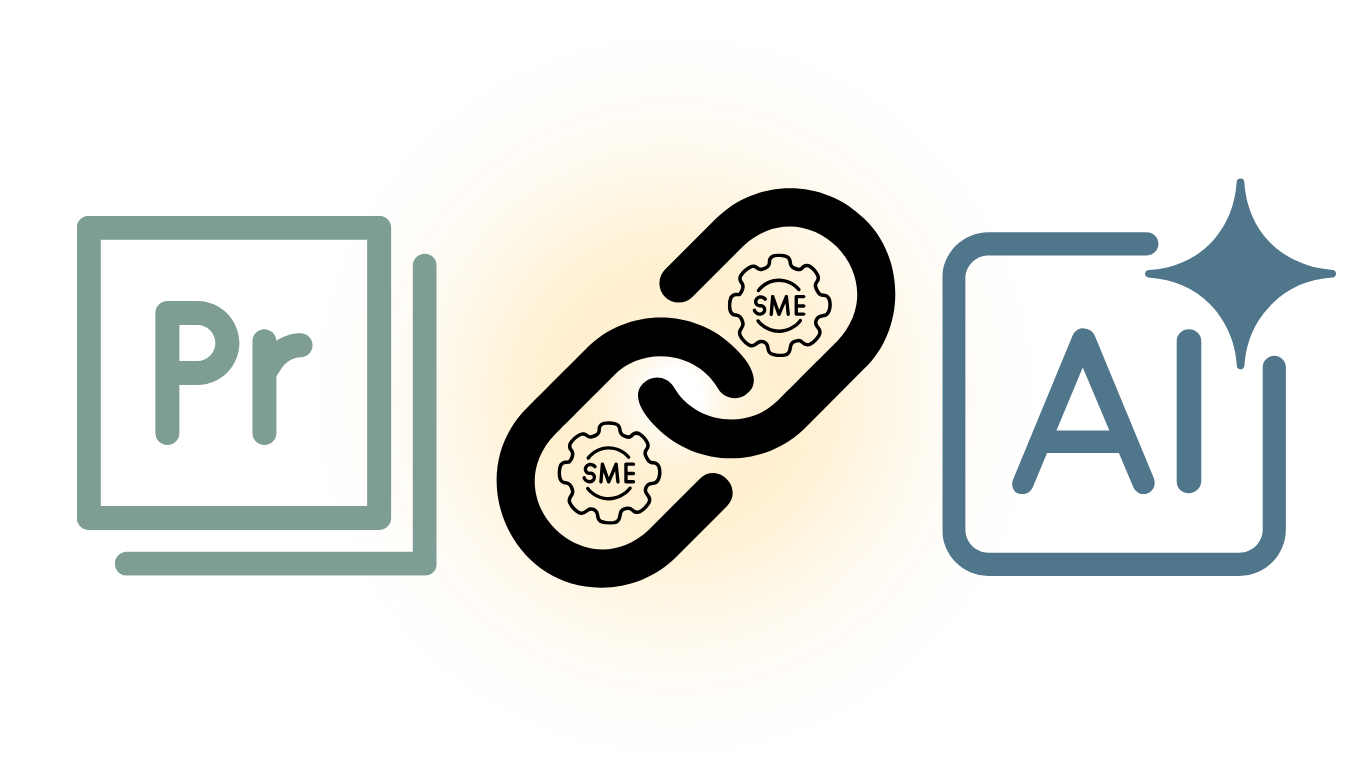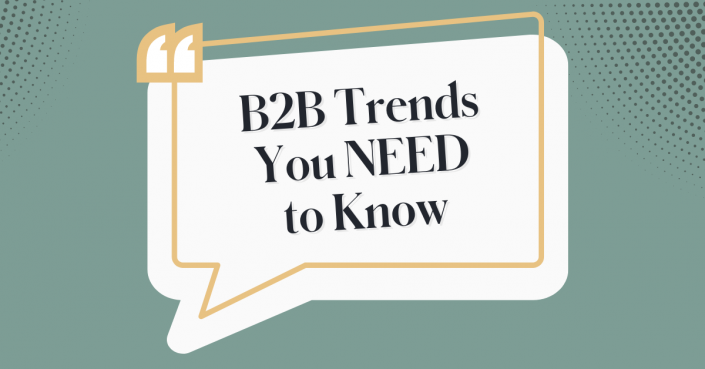What’s the value of PR? For those of us who work in the industry, we know the value intuitively but often it can be difficult to communicate it across department silos.
One approach to showcasing PR value effectively is leveraging data-driven insights – because it’s hard to argue with cold, hard facts.
The biggest reason for PR teams to embrace data isn’t just to justify their efforts to the C-suite. An even more compelling reason to integrate data into PR is that it actually increases the value of PR to the organization, producing better outcomes with greater efficiency.
We know a data-driven approach to PR works because it delivers unrivaled media coverage for CBC’s PR clients. Keep reading for our proven tips on how to use data to achieve the twin goals of communicating and increasing the value of PR.

Go Deeper: Get the Full Guide
Learn how to make your C-suite love (and finally understand!) PR results with our latest data-backed guide.
Goal #1: Communicate the Value of PR
Communication is a crucial part of the PR profession – but this isn’t limited to just media relations. PR pros also need to communicate the impact of their efforts to internal and client audiences in order to get buy-in from stakeholders.
Unfortunately, effective communication of PR’s impact is a recurring challenge for many PR teams. According to MuckRack’s State of PR Measurement 2024 report, about half of PR pros (49%) are only “somewhat confident” in the metrics they typically report to stakeholders. When your own team lacks confidence in their impact, it’s unlikely the C-suite will have much faith in your results either.

With shrinking budgets and increasing calls for accountability demonstrated through hard data, it’s more important than ever to show the value of PR to the business. This requires educating and informing stakeholders about PR’s role within the broader marketing funnel, especially as it relates to building awareness, trust, and reputation.
Solution #1: Track Meaningful PR Metrics
For better communication of PR’s value, align on a shared measuring stick between your PR team and internal stakeholders. Come to an understanding of what’s important to them and educate them on how PR can support each goal.
With that foundation in place, identify meaningful PR metrics in each of the following categories:
- Quantitative metrics like volume of PR placements and potential audience reach (i.e., impressions)
- Qualitative metrics like key message pull-through and sentiment
- Competitive metrics like share of voice
- Business outcome metrics like impact on DTC website traffic, SEO, conversion, and revenue
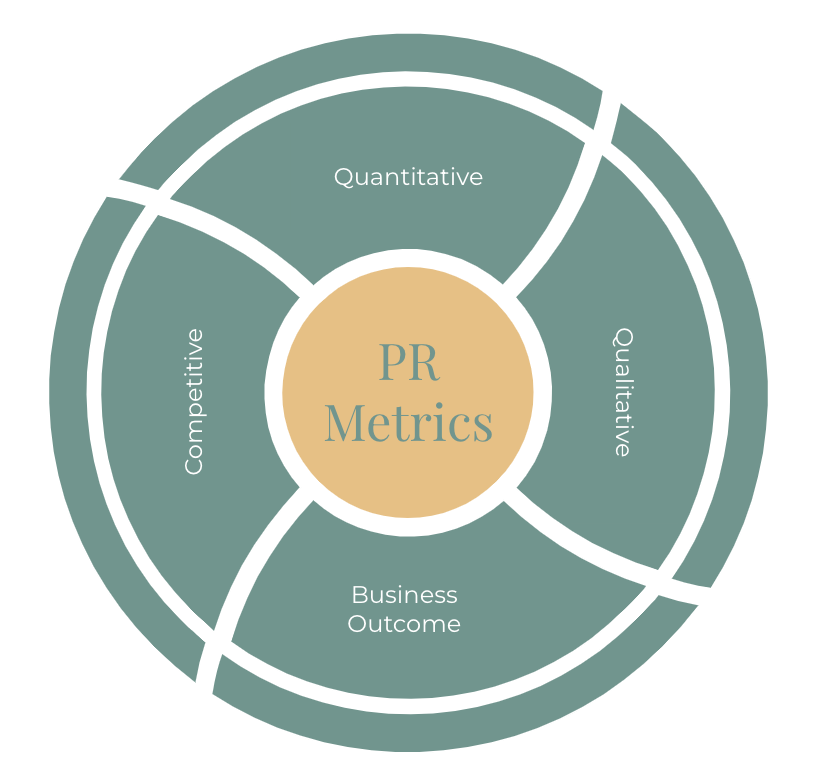
Use a full suite of meaningful metrics to give stakeholders a comprehensive view of PR’s impact on the business. Manage stakeholder expectations from the outset by setting realistic goals, and leverage regular check-ins to keep stakeholders informed of progress.
Goal #2: Increase the Value of PR
According to Hotwire’s State of Data & Analytics Maturity in PR & Communications 2024 Survey, only 11% of PR teams report the highest level of maturity for their data & analytics culture. This means 9 out of 10 PR teams are relying on gut instincts and assumed best practices to set strategies and make decisions.
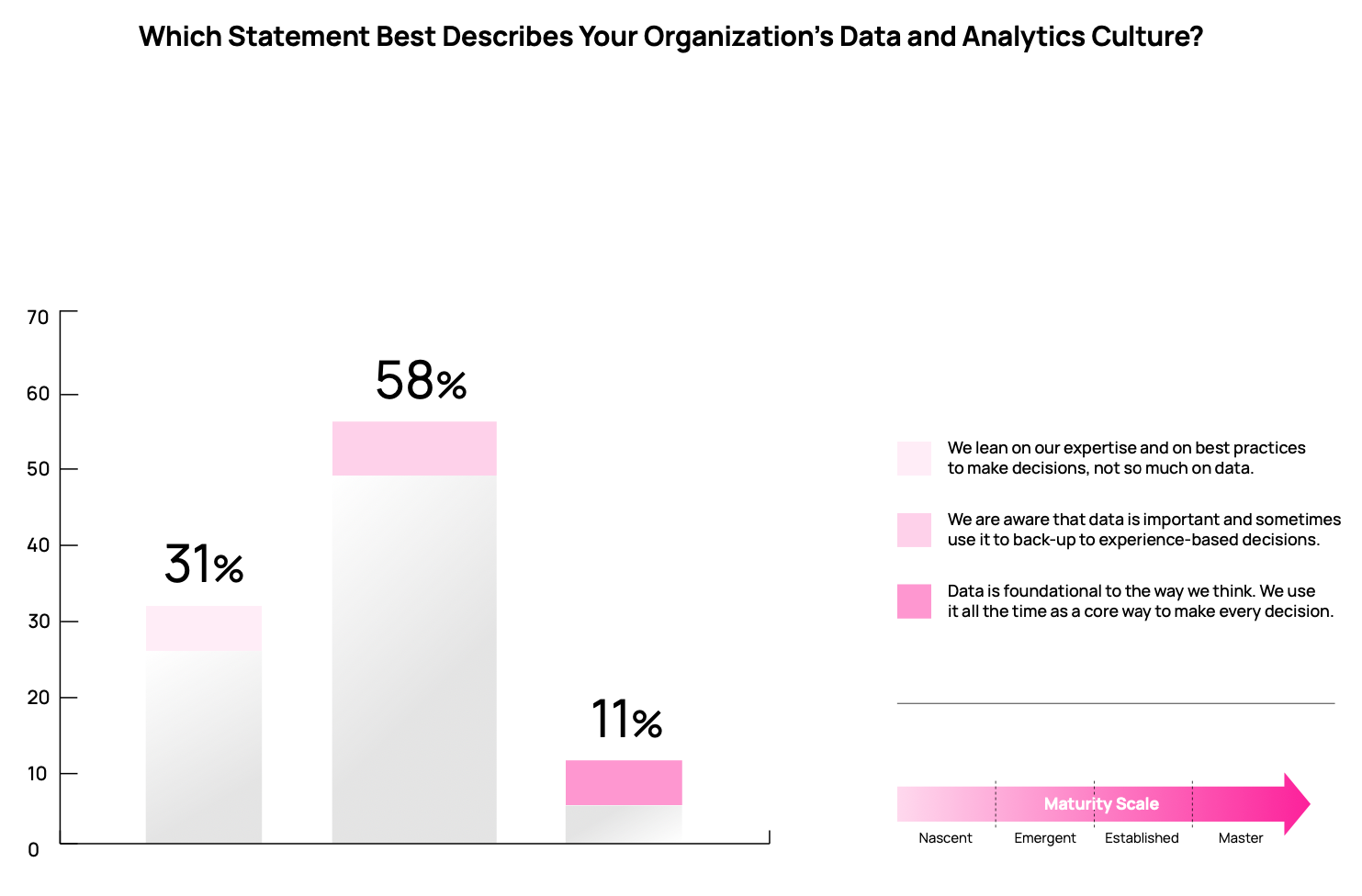
To increase the value of PR, data needs to take a central role in the decision-making process.
At CBC, we proactively use data to shape PR strategies from the start. Audience research helps us understand what messages will resonate with our target demographic and where to reach them. This foundation drives our entire PR and communications strategy and is integrated into our PR tools, like pitching and press releases.
PR teams should also be making real-time data-informed decisions to execute on this strategy:
- Targeted research of journalists and outlets to pitch smarter
- Monitoring industry-wide trends in media and social media consumption to tailor messages and content formats
- Refinement of key messages, dialing up angles that are producing the best results and pivoting tactics that aren’t resonating with media
Solution #2: Build a Culture of Data in Daily PR Operations
To level up the data & analytics culture within your PR team, start with establishing a measurement plan. Align on metrics that support your organization’s business goals, drawing from a variety of data sources for a more holistic picture of PR’s impact.
From there, implement automated data collection to free up your team from manual data entry. Having access to a real-time dashboard puts you ahead of the curve, since Hotwire reports that only 17% of PR teams globally use dashboards to access real-time data and facilitate report delivery.
But building a metrics dashboard is only half the battle. Data-rich dashboards are really designed for internal use by an analyst to explore and understand the data. The insights extracted from the dashboard need to be translated into a clear, focused narrative with the goal of informing decisions.
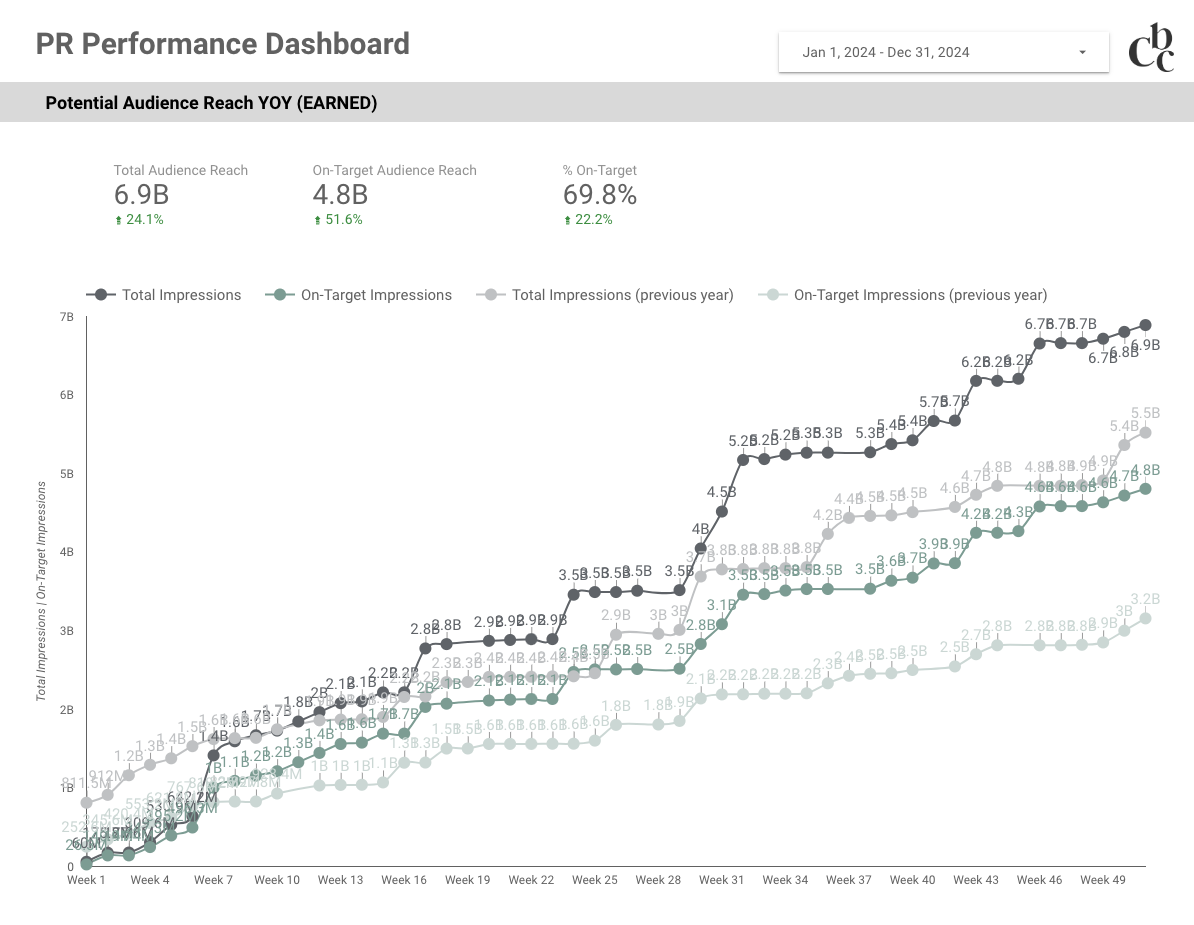
This requires upskilling your team’s data literacy and storytelling capabilities in order to communicate data-based insights effectively. At CBC, dedicated analysts support PR campaigns by translating data into actionable reports tailored for each client. High-level executive summaries give CXOs the information they need to make business decisions, and deep dive reports provide tactical guidance for managers.
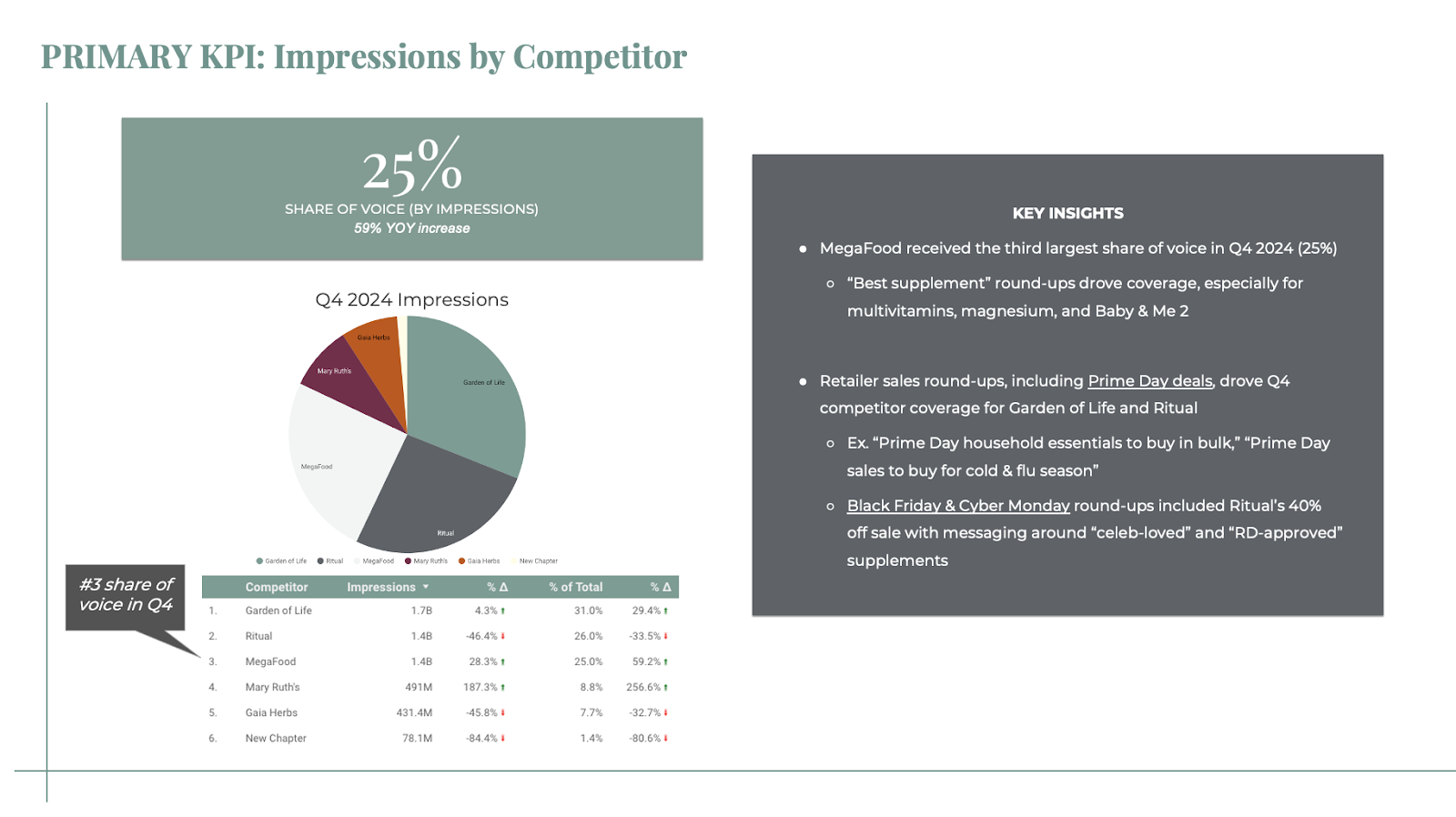
And it requires a mindset shift among every member of the PR team to embrace the learnings and be willing to use them – even when it means doing something differently from how it’s always been done before.
The crux of building a data-driven culture within the PR function is not about the data itself. It’s all about how you use it.
If you’re looking for a PR partner with expertise in media relations and a data-first culture, let’s explore how CBC’s approach can improve your PR results.
About the Author
Megan Paradis is the Senior Manager of Strategy & Insights at Cercone Brown Company, where she works at the intersection of analytics and strategy to uncover data-driven insights that fuel campaigns.

